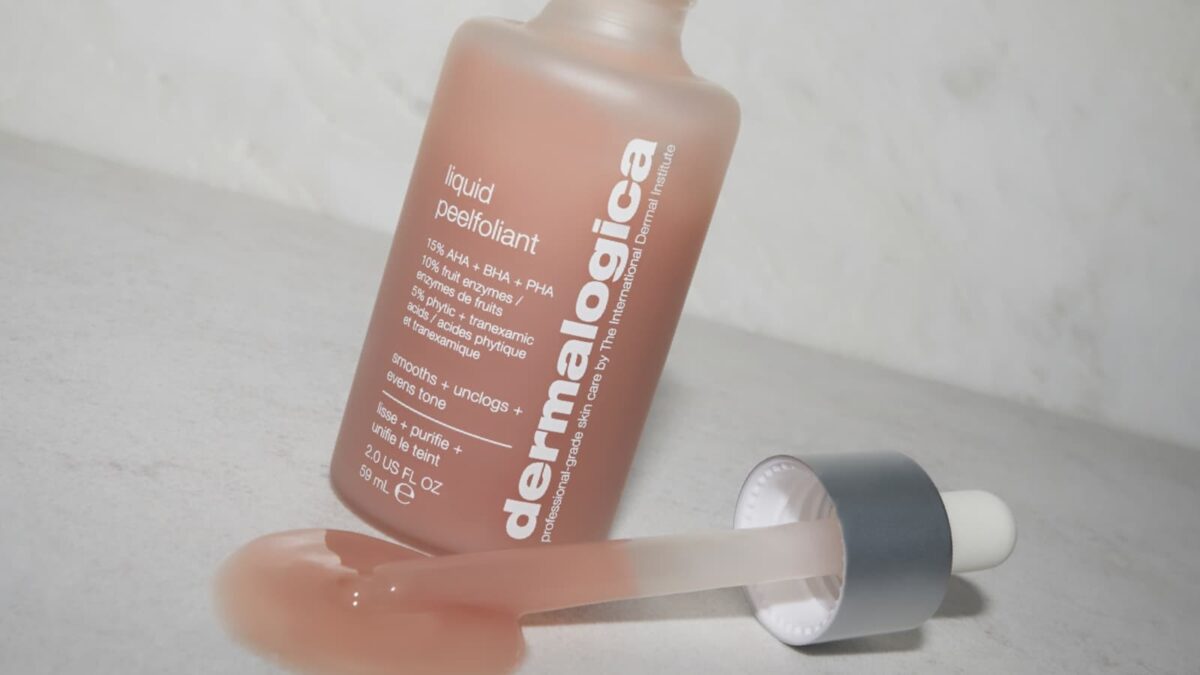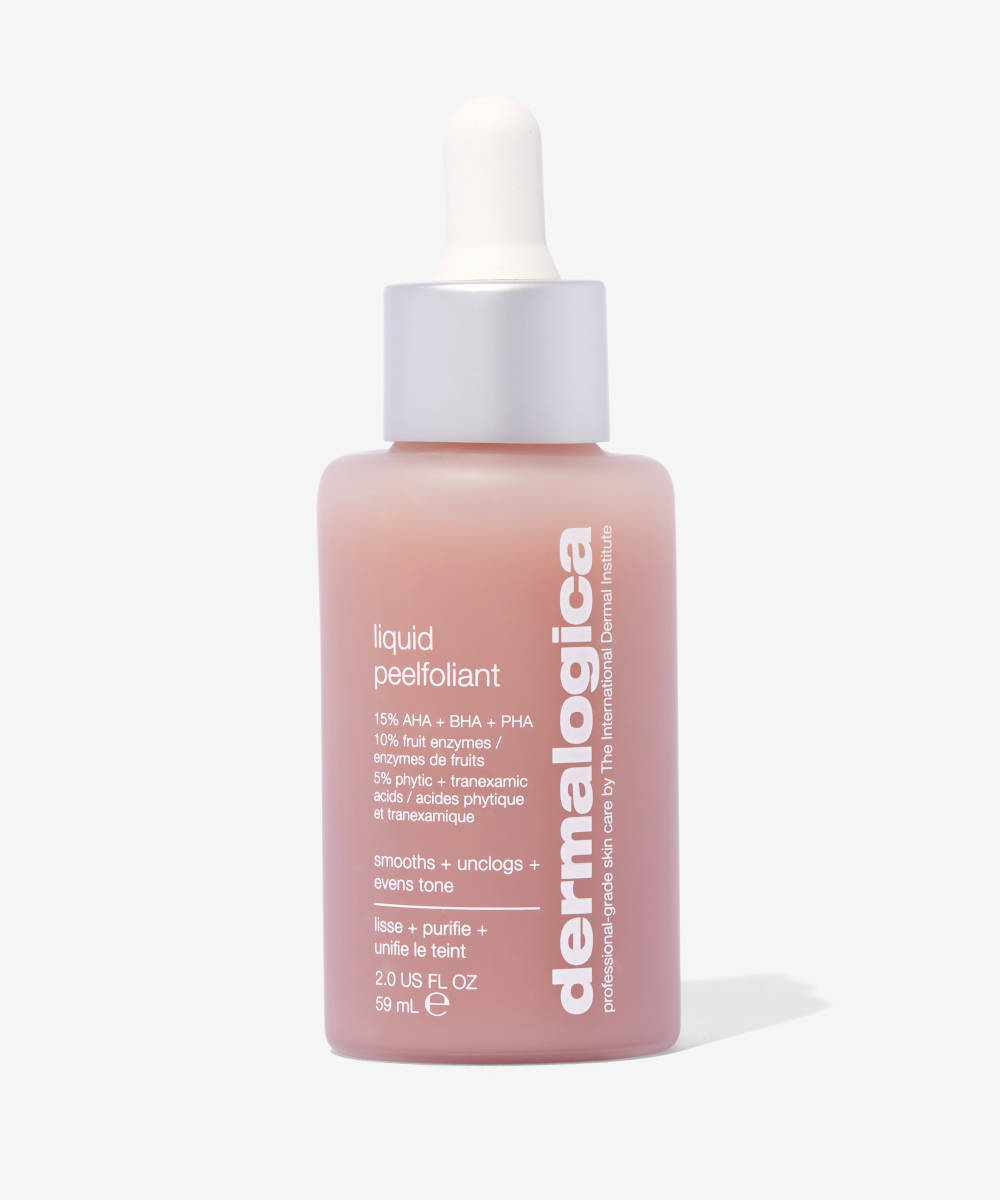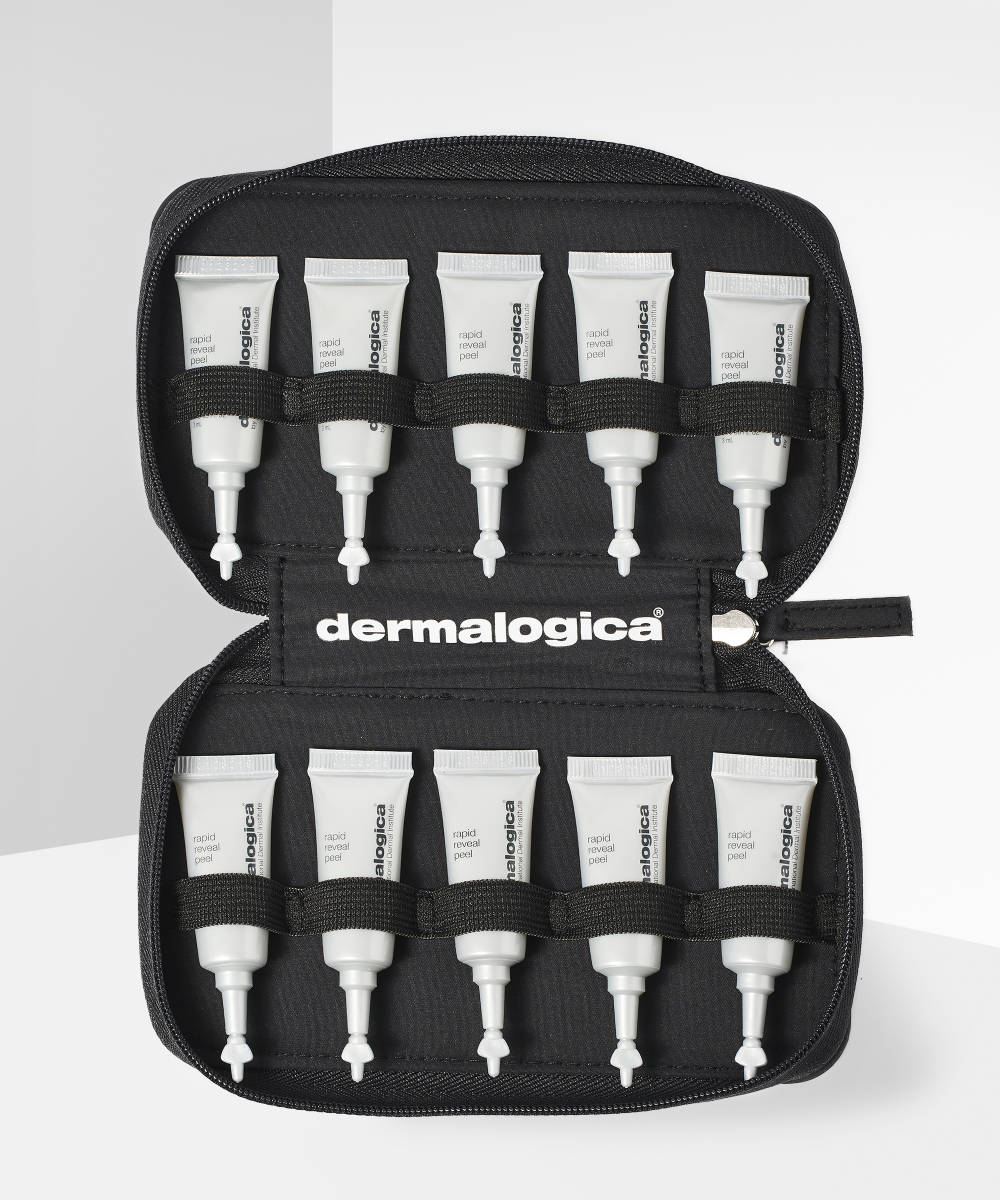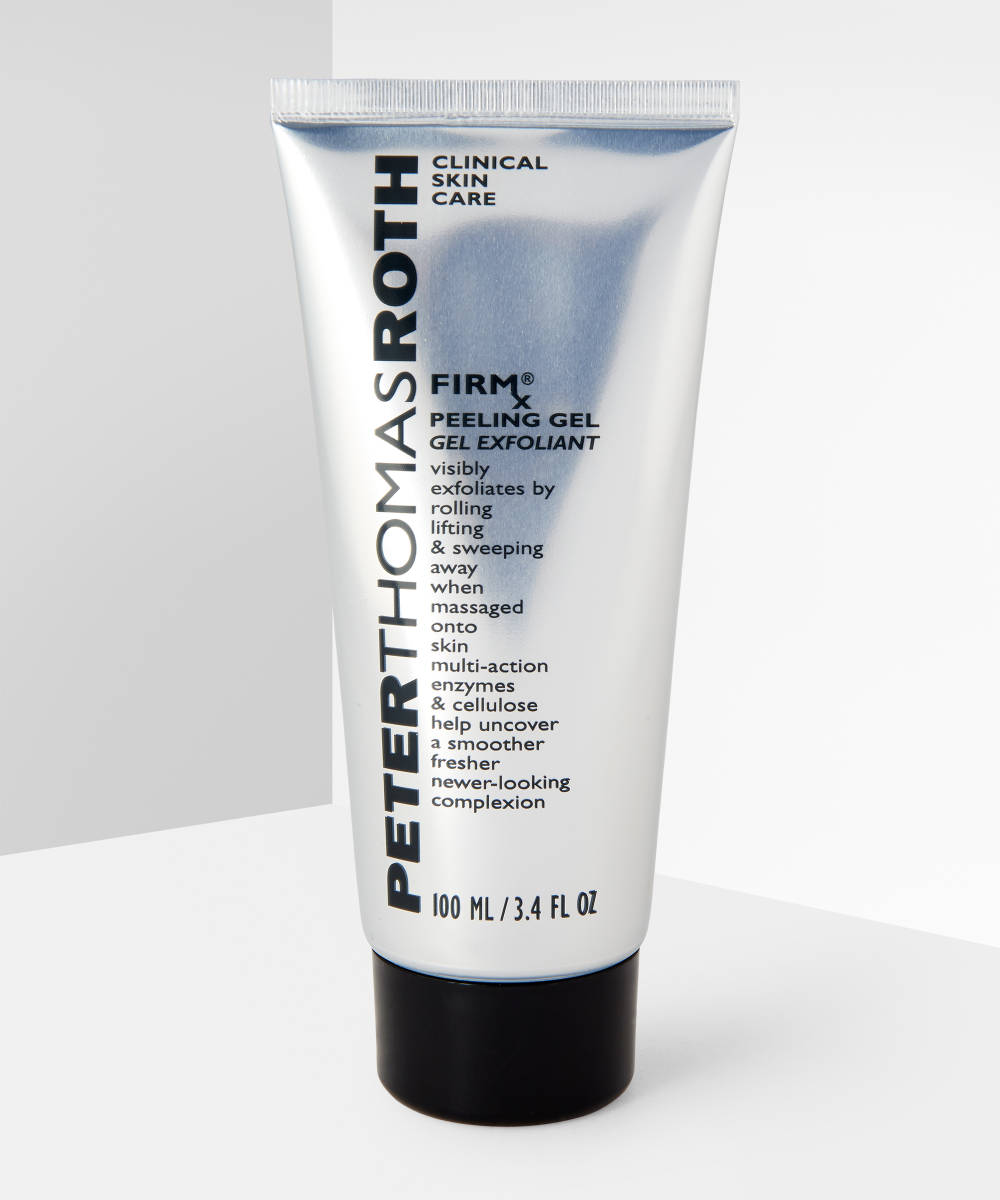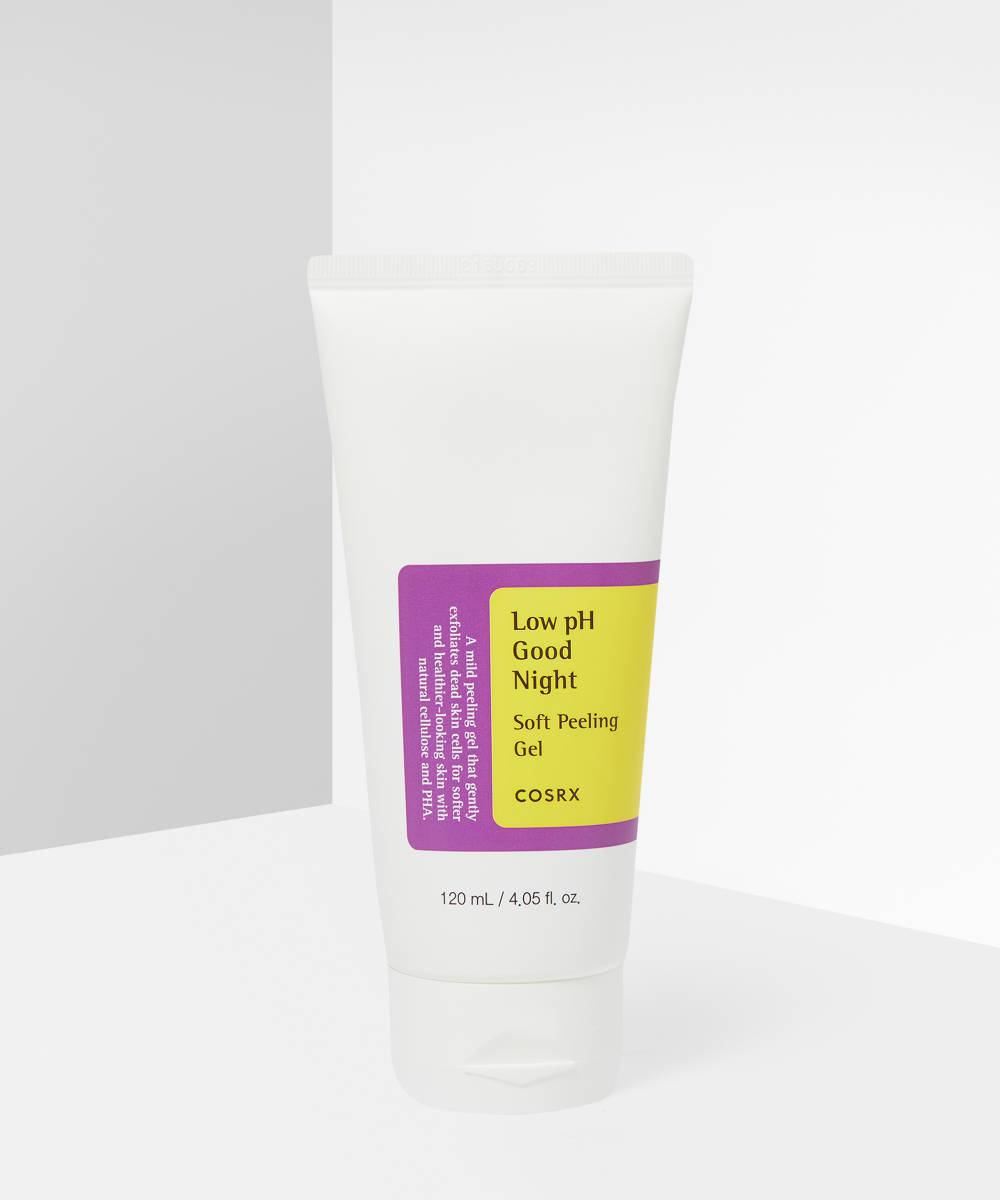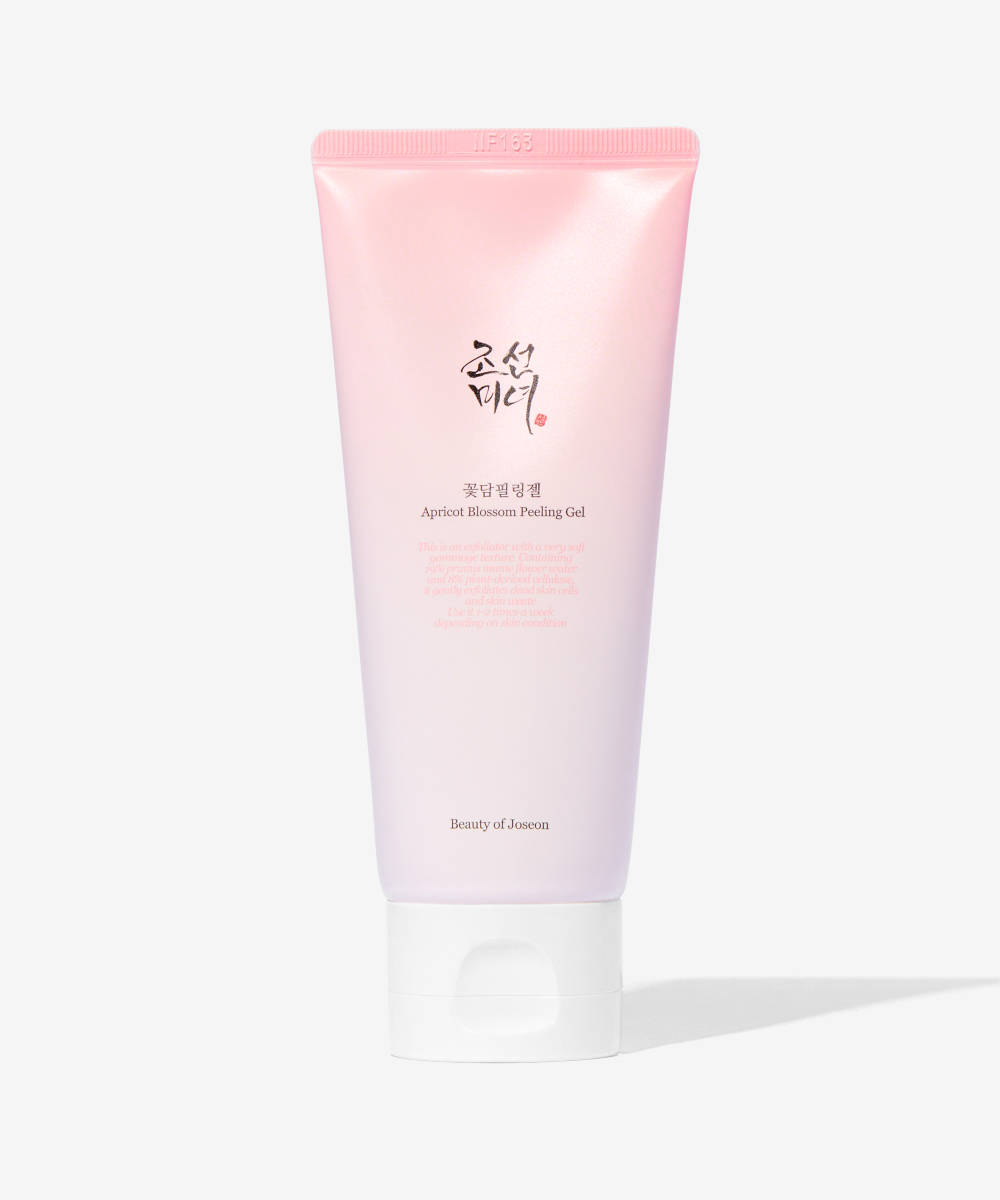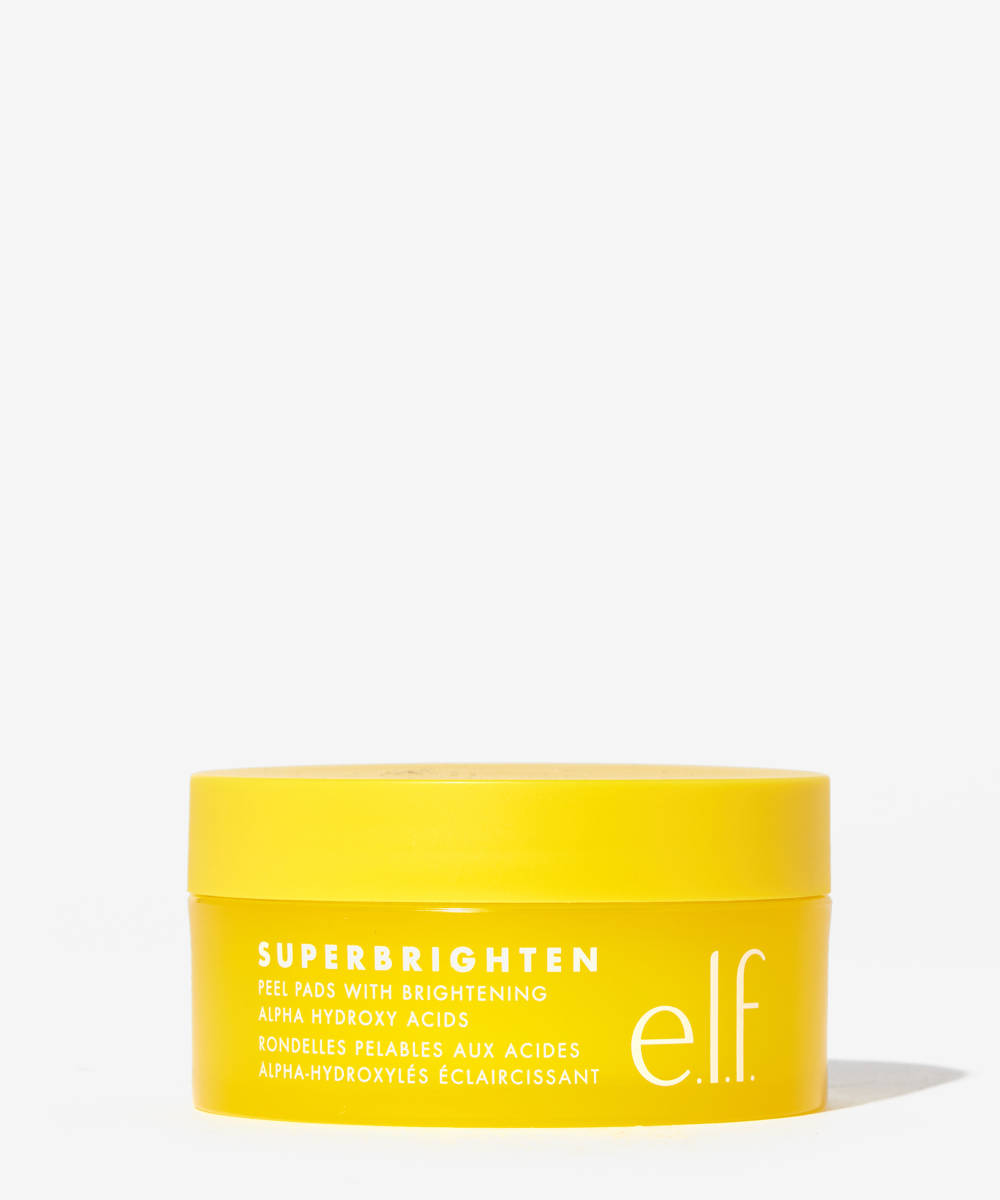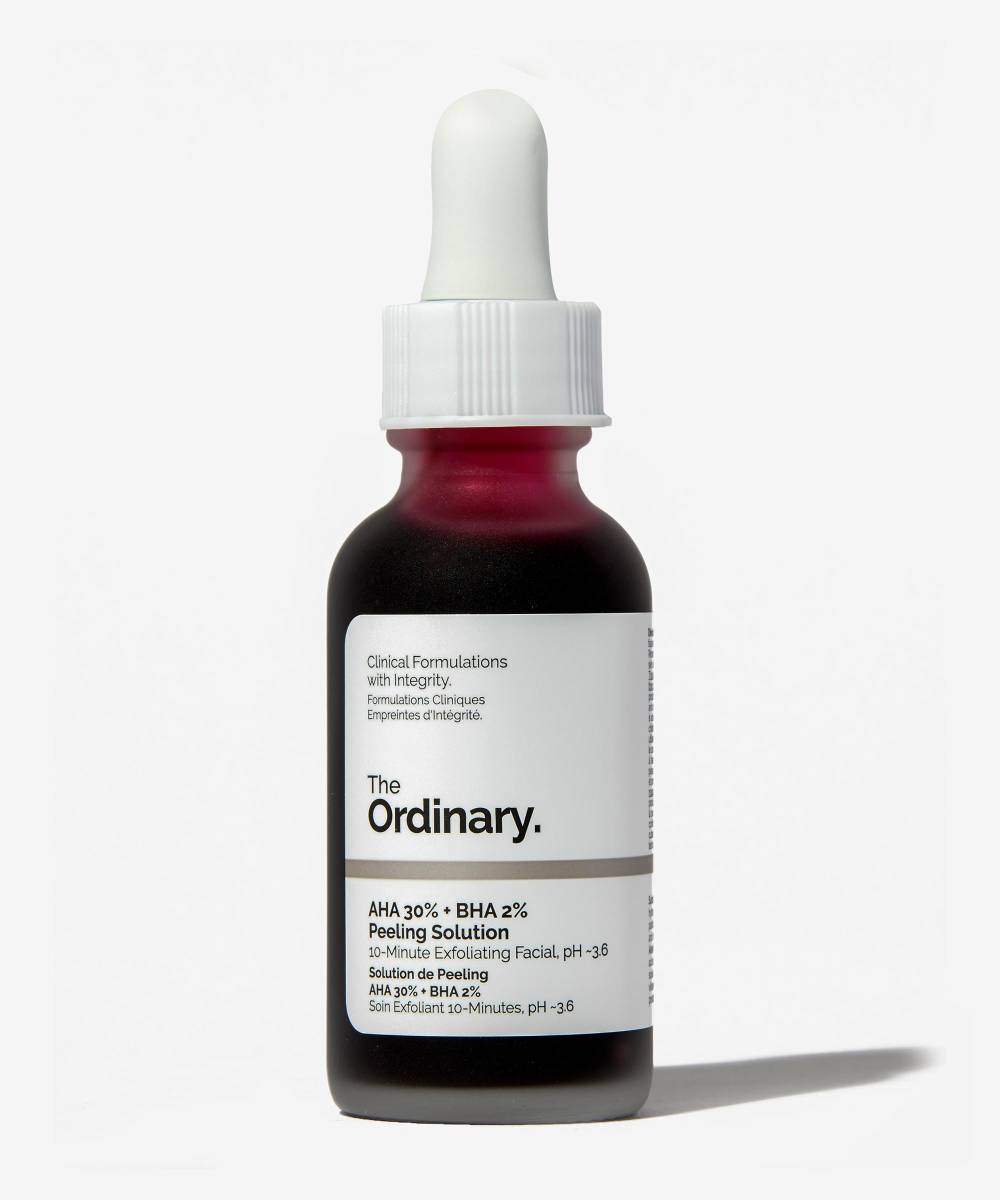Hi Grace,
Last year I had some skin peels in a professional skin clinic. The results were amazing and I noticed a huge difference to my skin texture, brightness, and to my dark spots and acne scars. I still have some hyperpigmentation and sun damage so I’d like to book more, but I can’t really afford the professional treatment. Are at-home peels as effective? And are they safe? I’d love to know if they actually work and if they’re worth it.
Lilly
Hi Lilly! Your question is one that I get asked a lot. Chemical peels are actually one of my most-requested in-salon treatments as they’re so effective and have results for so many different skin concerns. For those who don’t know, peels target a range of concerns such as dullness, dark spots, lines and wrinkles, hyperpigmentation, breakouts, and rough texture – typically leaving skin brighter, clearer, and smoother.
Peels are basically really potent blends of exfoliants like acids (such as glycolic and salicylic acids) or enzymes derived from natural ingredients (such as papaya and pumpkin). Acids work by breaking down the ‘glue’ that holds skin cells together while enzymes digest the proteins that connect skin cells. Both result in the removal of dead skin, which can make skin appear dull as well as lead to texture, irregularities in skin tone, and breakouts. While peels are a quick and effective way to transform your skin, they can result in side effects such as flaking, peeling, and redness, depending on the strength of the peel and your skin sensitivity.
The main difference between a professional chemical peel and an at-home peel product is in the strength of the peel. Estheticians have to be specially trained in order to use professional peels so they can choose the right peel for you and apply it correctly. Some peels also require a certain type of aftercare or downtime, which an esthetician can advise you on. This is why you can’t buy professional peels from beauty shops. The peels that you can buy for at-home use are known as superifical peels, whereas the peels an esthetician administers in clinic are medium or deep peels. At-home chemical peels are therefore mush less intense and don’t have the same risks or side effects as professional ones. This doesn’t mean that at-home peels are not as effective, it just means that you might not see the same results from one treatment – so it may take a few uses of an at-home peel to see the same difference you saw from one professional peel.
At-home peels are a really great option if you want to carry on the great results you saw from a professional peel, or if you have sensitive skin and want to start with something more gentle. Just make sure that your skin is properly prepped for using a peel. That mean lots of hydration, no active ingredients in your routine (especially acids and retinoids), and using an SPF50 sunscreen every day. Be sure to follow the instructions on the peel (as each one will be different) and remove it or stop use if your skin feels sore or irritated.
Try these...
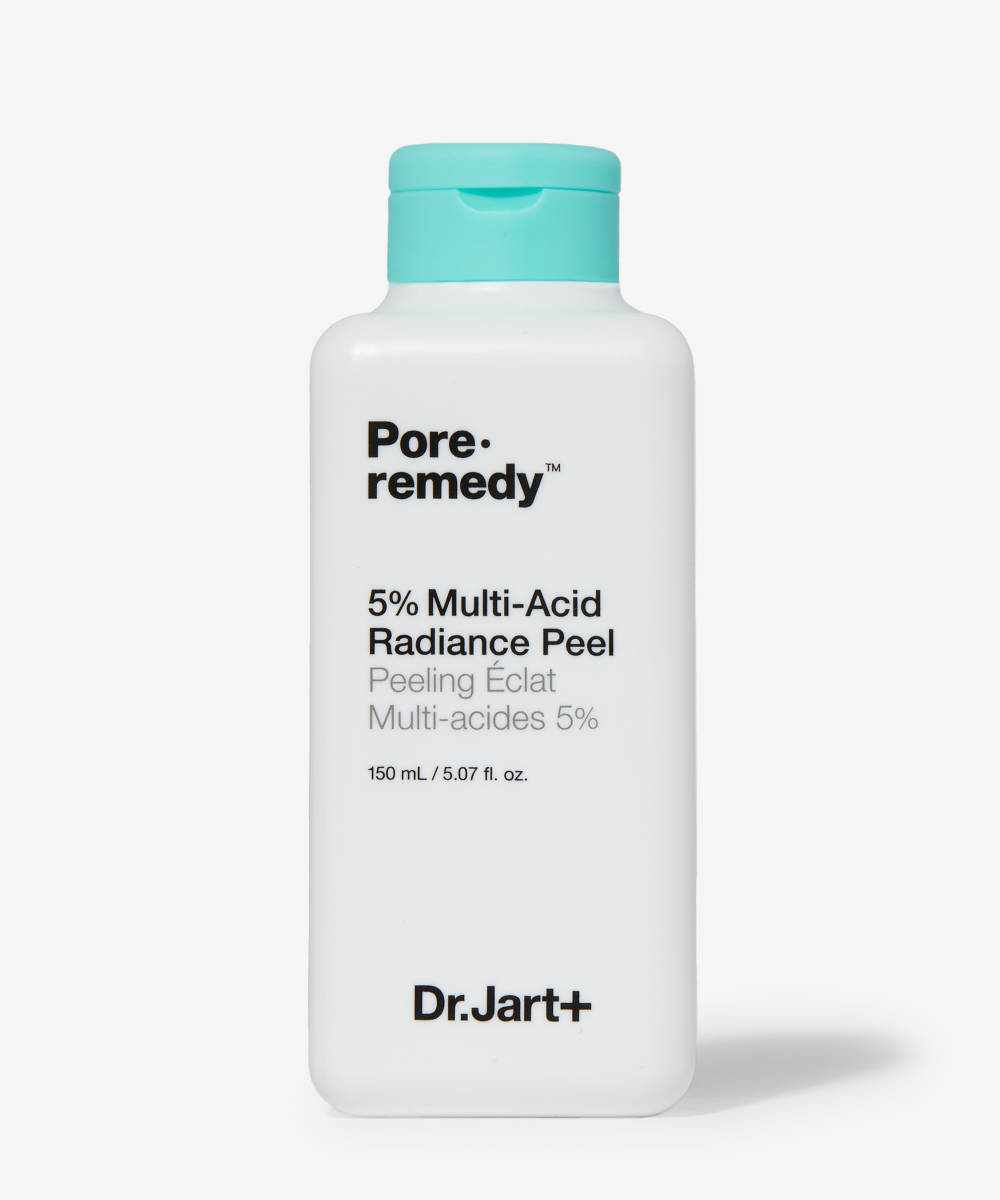
Dr. Jart+ Pore Remedy Multi-Acid Radiance Peel
If you have a question for our beauty editor and resident esthetician Grace Day, tweet us at @beautybay using the hashtag #AskGrace for a chance to be featured.
